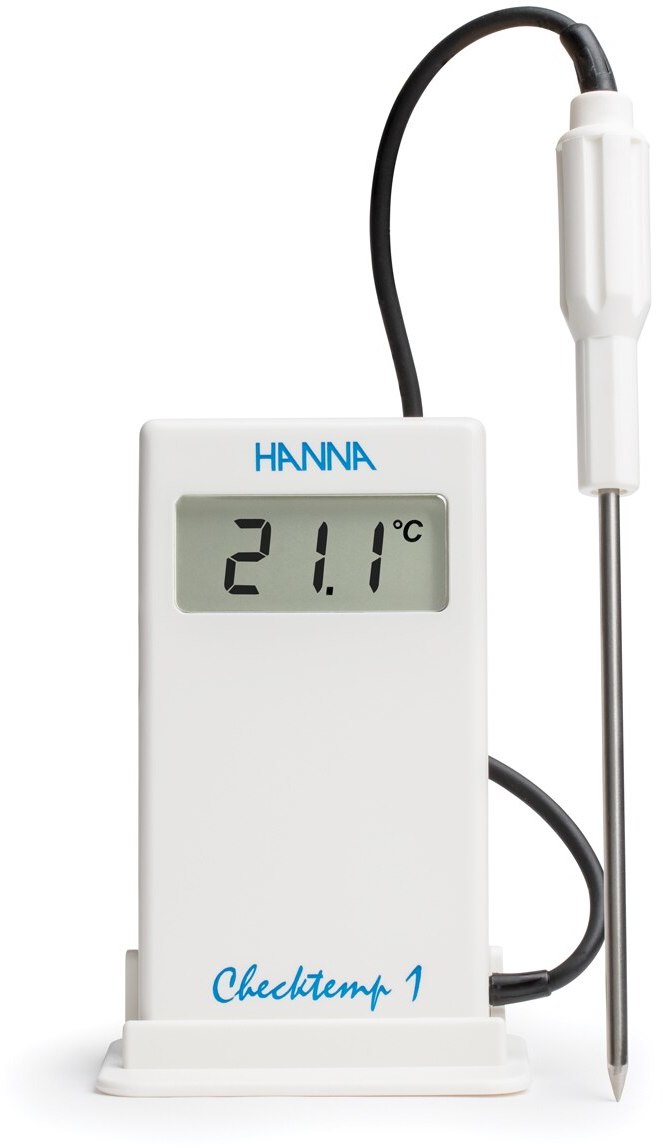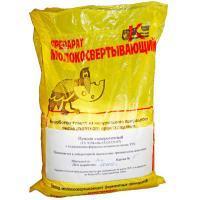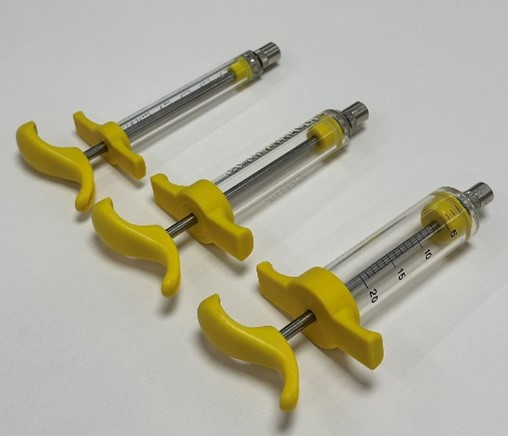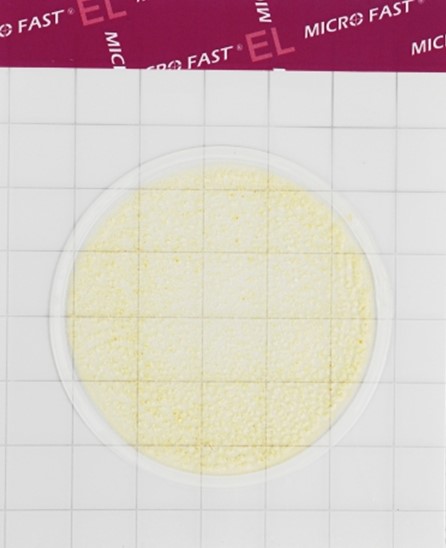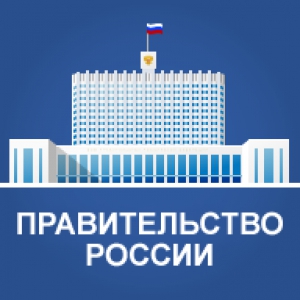Premiere! Baurzhan Ospanov about the horse breeding traditions of Kazakhstan. How are herds kept? Without feeding all year round?
On January 18 at 16:45 Moscow time (19:45 Astana time) a video premiere will take place on our channel : Baurzhan Ospanov about the horse breeding traditions of Kazakhstan. How are herds kept? Without feeding all year round?
The premiere will last 42 minutes.
Follow the link right now and set a reminder so you don't miss out. Also during the premiere, everyone has the opportunity to ask questions online in the chat or say hello!
PIONERPRODUKT.by continues to publish videos from the AgroExpedition “Agriculture of Kazakhstan”. In this video we will look at horses on winter pastures in the South-East of Kazakhstan, and also talk about the features of keeping horses in the autumn-winter period.
Winter pastures are located in the foothills, on one side of which there are the Karatau ridges, and on the other there are sands and dunes. This is a newly formed herd containing only fillies born in 2020 (the video was filmed in the fall of 2022), into which infertile stallions are launched, who will stay with the mares for a year. In the spring of next year, the herd will be partially disbanded: some of the horses will remain to form a new herd, the rest will be distributed to other herds.
The presence of infertile stallions in a herd with young mares is due to the fact that mares at the age of two years are not yet in optimal physiological shape and their accidental fertilization cannot be allowed.
At the same time, the presence of stallions in the herd allows mares to develop and mature faster. This is especially important when forming a breeding herd, because in an immature mare the fetus will also lag behind in development.
Feeding horses with hay and fodder in the autumn is carried out only for the working horses of the herdsmen; the rest of the horses eat pasture. In winter, they also munch and get food from under the snow. SALT is also not given, since this area has saline soils on which wormwood grows, by eating which the horses receive the necessary amount of salt. Horses also consume the salt itself from salt marshes.
The senior herd keeper has 3-4 assistants who work in shifts, every 2 weeks. And he himself works with the herd constantly. At the time of filming, there were 580 horses in the herd.
One of the problems when keeping herds on semi-desert autumn pastures is the provision of water. Therefore, sites must be chosen so that there are always springs, rivers or springs nearby. In winter, horses have enough snow to drink.
The presence of dunes in autumn-winter pastures, the height of which sometimes reaches a 3-story building, allows horses to conserve energy due to the fact that the microclimate between the dunes is softer than in the steppe. Mares foal right into the snow among the dunes.
The migration to spring pastures in the foothills begins in mid-May. it is very important to choose the optimal time for the transfer. If you keep foals on winter pastures, when it becomes very hot, the foals will suffer greatly from midges. If you drive early, then in the foothills the weather is still unstable, and there is a high probability of getting caught in hail or strong cold rains. The start date of the drive is determined by the senior herder, after preliminary reconnaissance and when he begins to notice that the horses are already rushing to the foothills.
PioneerProdukt.by _








